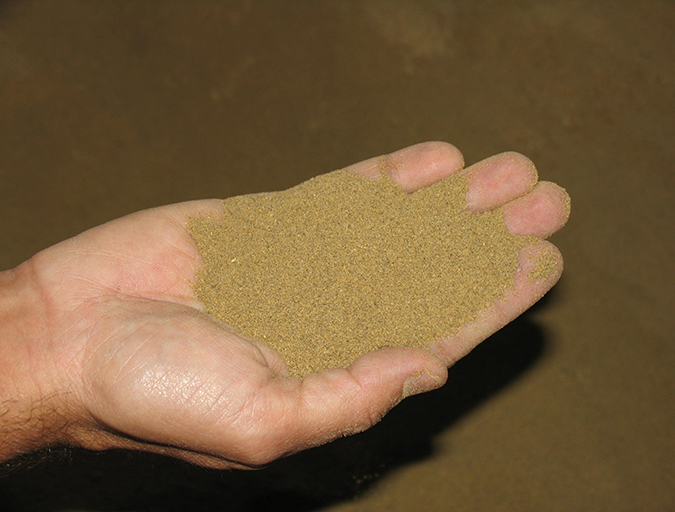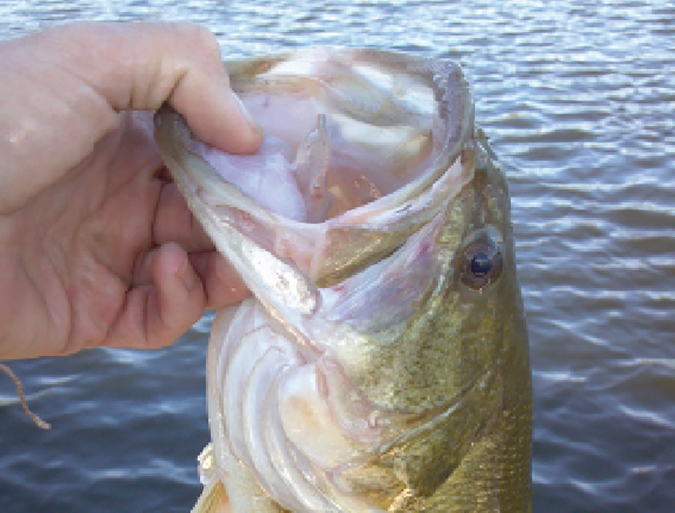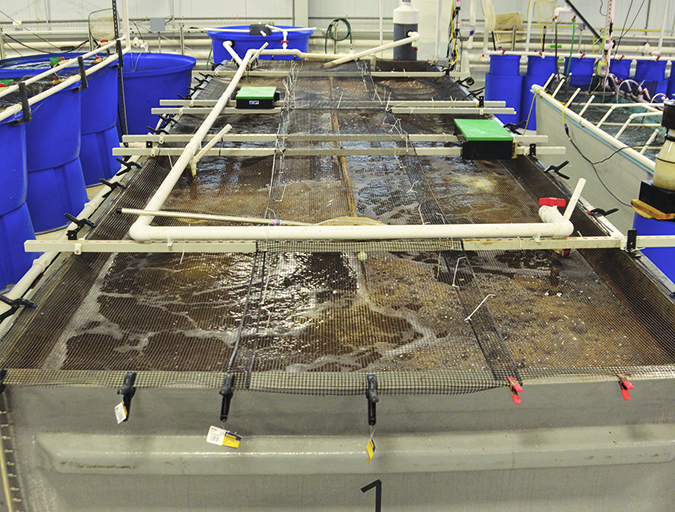Safety, reliability both improved

Water temperature can significantly affect the growth, breeding, feeding, metabolism, disease susceptibility and mortality rates of aquatic organisms. Depending on the species and volume of water, temperature fluctuations can have inconsequential to harmful adverse effects. Lower water temperatures, for example, can cause fish metabolic rates to decline, reducing appetite and making the fish less resistant to bacterial and fungal infections. In order to optimize environmental conditions, fish farmers and hatchery owners raise species in controlled or semi-controlled settings. Electric immersion heaters and temperature and level controls are frequently used to regulate water temperatures in these environments.
Resistance heaters
Typical electric immersion heaters used in aquaculture, known as resistance heaters, use resistance wire as the source of heat. Resistance wire is usually made of a nickel/chromium alloy that can reach approximately 482 degrees C during normal operation. The heat output is a function of the supply voltage and the heater resistance (Watts = Voltage2/Resistance).
Since the resistance measurement of the wire is constant, the heat output is constant regardless of the surrounding environment. When the “hot zone” of a resistance heater operates in air – usually due to the water level dropping – or becomes covered with a build-up of hard water deposits or biological waste, the heat is not able to radiate quickly enough. This results in a rapid increase in the temperature of the internal wire and/or heater surface and leads to hazardous overheat conditions.
Thermal protection
To prevent the dangers associated with overheating, industry standards dictate that resistance heaters be equipped with a high temperature cutoff device known as a protector. The protector senses the surface temperature of the heater and trips when a safe temperature is exceeded. This shuts down the heater to prevent overheating and the risk of a fire.
While the protector is a necessary safety device, a down side is that after the device trips, the heater remains off until the protector is replaced. If no replacement protector is available on site or the area is unattended, the tank or pond can suffer a loss of temperature that threatens aquatic life. For a supplier or keeper of live fish, the detrimental effects can include increased mortality.
As Don Campbell of First Ascent Fish Farm in Buhl, Idaho, USA, explained, this is one of his primary concerns with his current equipment. “We train our customers in both programming and care of the heater/controller,” he said. “However, too frequently, the folks we train are not the folks cleaning the tanks between deliveries, and the heater is not unplugged, leading to a blown protector fuse.”
Ceramic chips replace wire

If a heater is not operated with a thermal protector, the potential for damaging or even igniting plastic tanks and liners significantly increases. To address these safety concerns, an electric immersion heater design was developed that incorporates positive temperature coefficient (PTC) ceramic chips to replace the resistance wire as the source of heat.
PTC chips inherently limit the temperatures of electric immersion heaters, so the heaters do not require external temperature protection, since the protection is built into the heater core. This technology offers a self-limiting capability that eliminates heater failure, burnouts and shutoffs.
Heaters using PTC chips are self-limiting because their resistance value is not fixed. The heater resistance increases with temperature, meaning that when the chip temperature increases, its electrical resistance value also increases and results in decreased heat output.
The change in the resistance of a PTC chip is not linear. If the heater hot zone is exposed to air or covered in build-up, the heat output quickly drops by more than 80 percent, while the internal temperature stays at its designed limit. If a portion of the hot zone of a PTC heater becomes exposed to air or is covered in build-up, only that portion exhibits reduced heat output. The portion of the hot zone that remains immersed in water continues to heat.
Safer operation
PTC immersion heaters that are certified by Underwriters Laboratories and C.E. certified for compliance with European directives have a maximum surface temperature of 270 degrees-C when energized in air. This temperature is far below the ignition temperatures of materials used in tank and liner construction (Fig. 1). Therefore, these heaters will not ignite tanks, pond liners or other containers made from polyethylene, fiberglass, polypropylene, polyvinyl chloride or other like materials.

However, the maximum surface temperature of these heaters is high enough to melt these materials when in direct physical contact. This can be avoided by ensuring that a minimum 12-mm gap separates the hot zone from any plastic material. Heater bumpers and feet provide these minimum clearances.
Perspectives
Reliably heating water is a necessary part of optimizing the health and growth of aquaculture organisms, but can present some unique challenges. By advancing electric immersion heater technology to ensure safe and efficient heating in aquaculture applications, aquaculturists will be better equipped to face those challenges.
Editor’s Note: This article is based on the authors’ research on new water heating technology. This work was considered for the Novus Global Aquaculture Innovation Award, the first of which was presented by the Global Aquaculture Alliance at the GOAL 2013 conference in Paris, France.
(Editor’s Note: This article was originally published in the January/February 2014 print edition of the Global Aquaculture Advocate.)
Authors
-
Christine Venaleck
Director of Advertising
Process Technology
7010 Lindsay Drive
Mentor, Ohio 44060 USA[109,111,99,46,121,103,111,108,111,110,104,99,101,116,45,115,115,101,99,111,114,112,64,107,99,101,108,97,110,101,118,99]
-
Ed Dulzer
Product Training Manager
Process Technology
7010 Lindsay Drive
Mentor, Ohio 44060 USA
Tagged With
Related Posts

Aquafeeds
A look at the SME controlled extrusion process
A study was conducted using a Twin-Screw Extruder equipped with Specific Mechanical Energy (SME) and Density Control valves, to determine the effect of SME on the water stability of shrimp feeds. Further research is needed to evaluate the performance.

Aquafeeds
Analyzing the hydrostability of shrimp feeds
The physical integrity and nutrient leaching of shrimp aquafeeds are important aspects in their quality control. The water stability of shrimp aquafeeds is often evaluated in various subjective manners. This analytical procedure provides a baseline for the aquafeed manufacturer to assess product quality.

Health & Welfare
Biomass density affects bass production
The production period for largemouth bass in ponds hampers the economic feasibility of pond culture in the United States. A study demonstrated that bass fingerlings could be raised at high densities in a semi-closed recirculating system without serious mortality, size variability or growth retardation.

Intelligence
Indoor-raised shrimp find potential market in Kentucky test
By raising shrimp in a closed building, producers can increase biosecurity, produce shrimp more consistently, grow shrimp year-round and locate production centers near markets. Chefs and consumers were very accepting of whole fresh shrimp, offered at a farmers market, that was farmed indoors in Kentucky.


